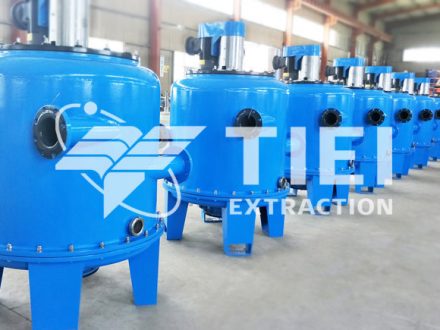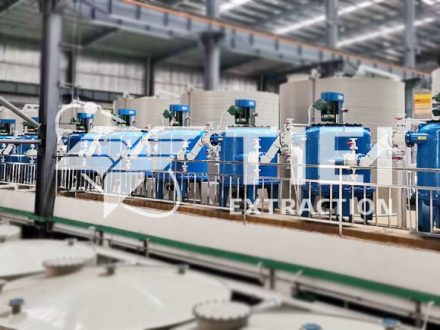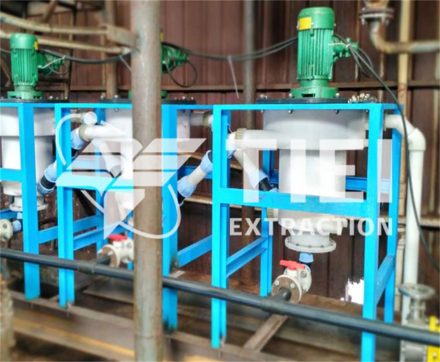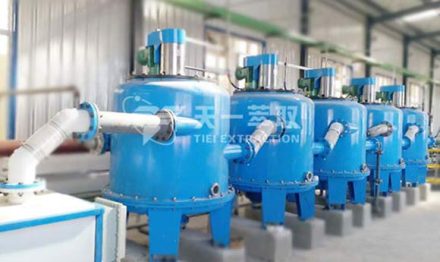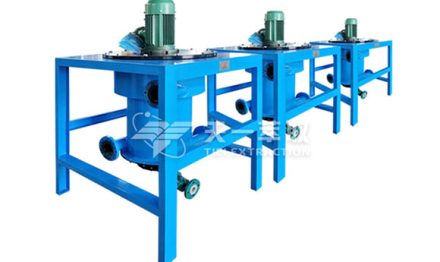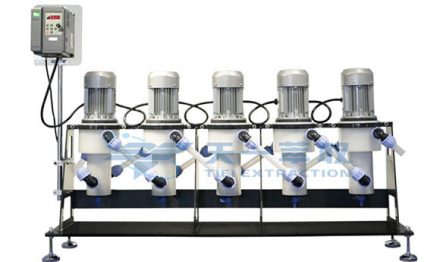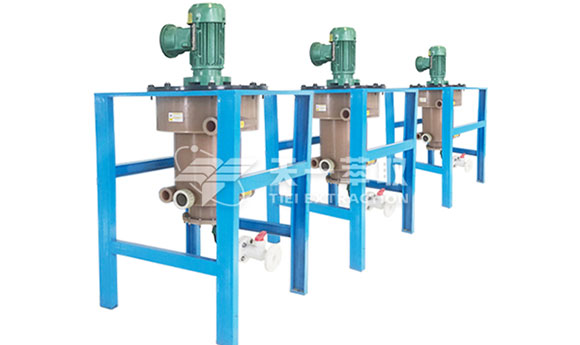
Chloroform ( CHCl₃) is a common organic solvent. It is often used in liquid-liquid extraction to separate and purify organic compounds due to its good solubility and relatively high density. In liquid-liquid extraction, centrifugal extractor is a highly efficient equipment, especially suitable for processing emulsions, rapid separation of two phases or large-scale continuous operation. Combined with the characteristics of chloroform (high density, weak polarity, easy emulsification), the use of centrifugal extractor can significantly improve the extraction efficiency and separation speed.
Chloroform Centrifugal Extraction Operation Procedure
- Raw material mixing
Proportioning and mixing: Mix the aqueous phase containing the target substance with chloroform in a certain proportion and form an emulsion by stirring or using a static mixer.
Demulsification pretreatment: If the system is easy to emulsify, a small amount of electrolyte (such as NaCl) can be added or the pH value can be adjusted to reduce the interfacial tension. - Centrifugal separation
Feed: Inject the mixed liquid into the drum or separation tube of the centrifugal extractor.
Separation mechanism: Centrifugal force accelerates the separation of the two phases, chloroform (density 1.49 g/cm³) sinks to form the lower phase, and the aqueous phase (density ≈1.0 g/cm³) is the upper phase. - Phase collection
Discharge: Collect the lower chloroform phase (containing the target substance) and the upper aqueous phase separately through the centrifuge outlet pipe.
Continuous operation (optional): In industrial equipment, continuous feeding and discharging can be achieved to improve processing efficiency. - Repeated extraction
If the extraction rate needs to be increased, remix the aqueous phase with fresh chloroform and centrifuge again (following the principle of "small amounts and multiple times"). - Post-processing
Solvent recovery: Recover chloroform by distillation or rotary evaporation (need to avoid light).
Waste liquid treatment: Collect waste liquid into a special container and dispose of it according to the regulations for hazardous chemicals.
Advantages of Solvent Extraction Process
- Efficient and fast
Shorten separation time: Under the action of centrifugal force, the two-phase separation can be completed within a few minutes, avoiding the long waiting time of the traditional static method (especially suitable for easily emulsified protein and lipid systems).
Increase extraction rate: High-speed mixing and separation reduce target degradation (such as avoiding nuclease action in DNA/RNA extraction). - Strong anti-emulsification ability
Centrifugal force directly overcomes the resistance of the emulsion layer, without the need to add additional demulsifiers or stand for a long time. - Scale and continuity
Supports industrial-grade continuous production (such as chemical and pharmaceutical industries), and the processing throughput far exceeds that of a separatory funnel. - Improved safety
Enclosed operation reduces exposure to chloroform vapor and reduces toxicity risks.
Automated control reduces manual intervention and avoids operational errors. - High solvent utilization rate
Centrifugal separation is thorough, reducing solvent residue and reducing the difficulty of subsequent purification.
Chloroform centrifugal extraction process solves the emulsification, low efficiency and safety problems in traditional liquid-liquid extraction through high-speed centrifugal force. It is particularly suitable for biopharmaceuticals, natural product extraction and industrial continuous production scenarios. Its core advantages lie in rapid separation, high throughput and strong anti-emulsification ability, but strict control of equipment selection, operational safety and waste liquid management requirements is required.
For more details, welcome contact Tiei Extraction.
Email: sales@tieiextraction.com
Whatsapp: +86 19069612820

